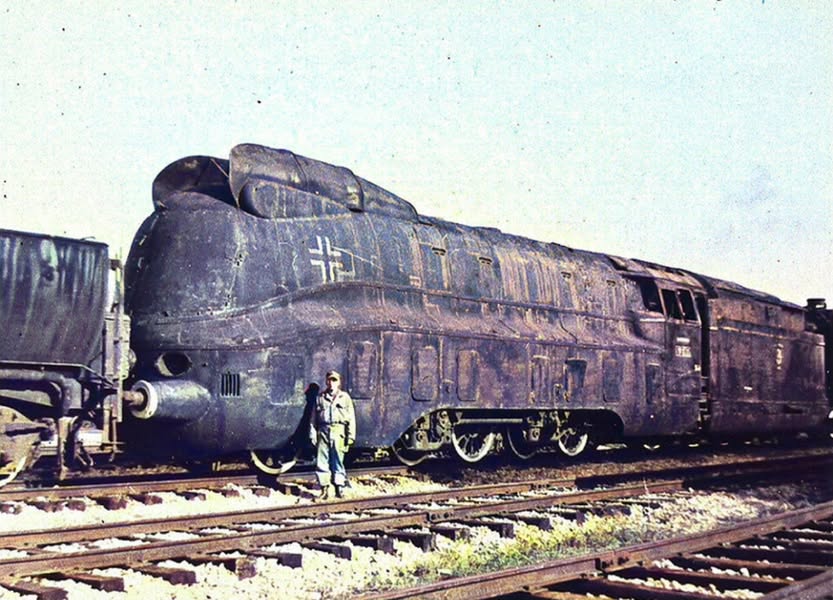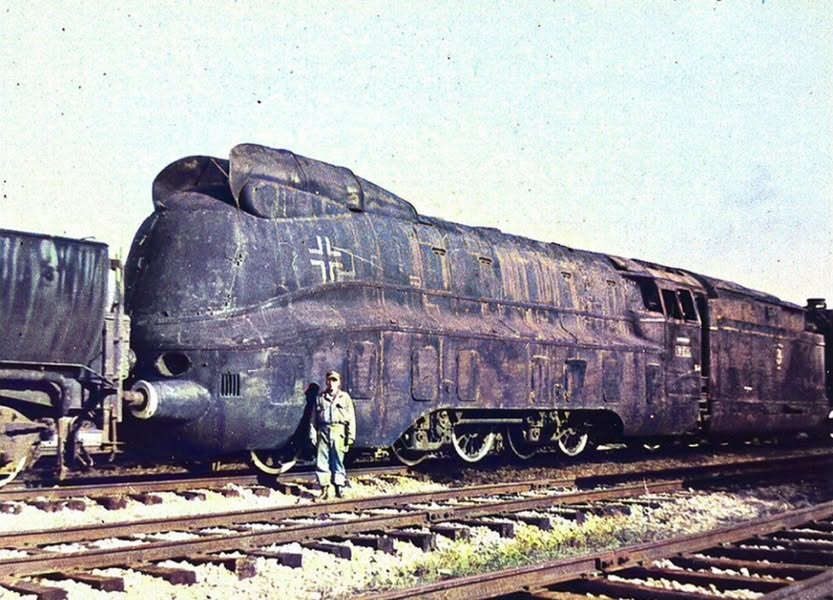
No, this isn’t a modern weapon, as these pictures might suggest, but one from 1941, the year after the fall of France. At that time, the German steel and weapons manufacturer Friedrich Krupp AG began construction of Hitler’s Gustav Cannon, which was four stories high, 47 meters long, and weighed 1,350 tons, capable of firing 4.5-ton shells from its gigantic 30-meter-long bore.
Gustav was later used in the Soviet Union during the Siege of Sevastopol during Operation Barbarossa, where, among other things, it destroyed an ammunition depot buried in the rock beneath a bay. On April 14, 1945, one day before the arrival of US troops, the Gustav cannon was destroyed to prevent its capture. On April 22, 1945, the remains of the gun were discovered in a wooded area 15 kilometers north of Auerbach and about 50 kilometers southwest of Chemnitz. In the summer of 1945, Schwerer Gustav was examined by Soviet specialists and transferred to Merseburg in the autumn of that year, where the Soviets were gathering German military equipment. After that, the gun’s trace was lost.




















